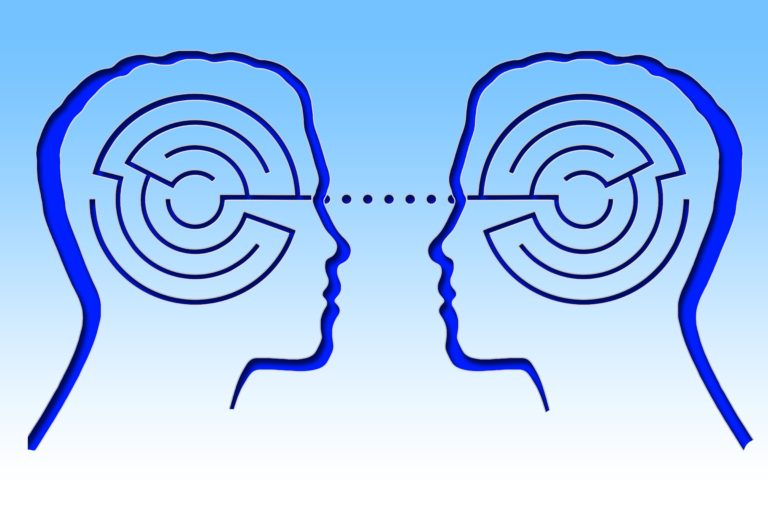This is my second post in a row that was inspired by Shawn Achor’s book, The Happiness Advantage1. There is so much in his book that can have significant positive effects in a school. One of the most impactful psychology experiments that he highlights in his book was one done in 1963 at an elementary school near San Francisco, California2. A group of researchers led by Robert Rosenthal administered intelligence tests to its students. Afterwards, they provided teachers the names of the students who they’ve identified as academically gifted and instructed the teachers not to change their approach in teaching these students or to share these results with anybody. They tested the students at this elementary school again at the end of the year and found those students who were originally identified as academically gifted scored phenomenally on this test. The perfect example of how mindset can impact approach!
While this sounds like it would have been a predictable outcome, the enlightening piece of the experiment was the fact that the students did not score above average results on the beginning of year intelligence test. Their names were randomly selected from a group of students who scored ordinary results. “Although the teachers had said nothing directly to these children, and had spent equal amounts of time with everyone, two crucial things had happened. The belief the teachers had in the students’ potential had been unwittingly and nonverbally communicated. More important, these nonverbal messages were then digested by the students and transformed into reality. (Achor, 84)”
Think about that for a second. Simply believing that they knew who were the “brightest” students in the classroom turned it into a reality. This demonstrates the power that educators wield not with what they teach but how they teach it. The only difference between the students who ended up scoring well at the end of the year and the remainder of their classmates was the knowledge that teachers believed they had about who was a high performing student and who wasn’t. This revelation demonstrates how cautious we have to be around the work we do as educators, since simply our thoughts and feelings are enough to sway the performance of the students we serve. It isn’t enough to provide the same materials, instruction, and resources to our students if we don’t believe that they can achieve. As the experiment showed, the teachers’ nonverbal communication about their beliefs was enough to change their students’ reality.
In this case, these students benefited from what their teachers believed about them, but imagine what might happen when the opposite is true. Although teachers cannot be fully blamed for a student’s low performance in their classrooms, they certainly play a role in it, especially if they don’t believe in that student’s ability to succeed. As an administrator in charge of discipline, I have had countless conversations with teachers about how a student doesn’t belong in my classroom or a student doesn’t want to learn. These comments have normally been followed up with other statements, such as I will still do my best to teach them or nothing will change in my approach with those students. This research suggests that those actions aren’t enough to change the impact of their inner beliefs.
Be In Control of How Impact Can Impact Approach
Here are some suggestions on how to positively impact the student you serve with your inner beliefs rather than have a negative influence:
- Be mindful of your own beliefs. Be honest to yourself when answering questions such as these. What do you believe about the students you serve? What do you believe about their ability to change and grow? Having the answers to these questions can help you work toward combatting the negative effects of placing labels on students.
- Work hard to prevent labeling/categorizing students in a negative light. Push yourself to question any negative labels that might come to mind about your students. Ask yourself, what if that was your child? What would you want others to think about him/her?
- Create positive narratives for your students. Give them the benefit of the doubt whenever you’re tempted to assume the worst. Ask yourself why a well-meaning student would behave in a certain way. Push yourself to believe that every student wants to succeed, regardless of what their actions might portray.
As educators, we have the ability to shape the future of the students in our schools by simply believing in their potential. It’s important that we not take this responsibility for granted as we go about our work on a daily basis.
1 Achor, Shawn. The Happiness Advantage: The Seven Principles of Positive Psychology That Fuel Success and Performance At Work. First edition. Broadway Books, 2010.
2 Rosenthal, Robert & Jacobson, Lenore. Pygmalion in the Classroom: Teacher Espectation and Pupils’ Intellectual Development. New York: Holt, Rinehart, and Winston, 1968.



